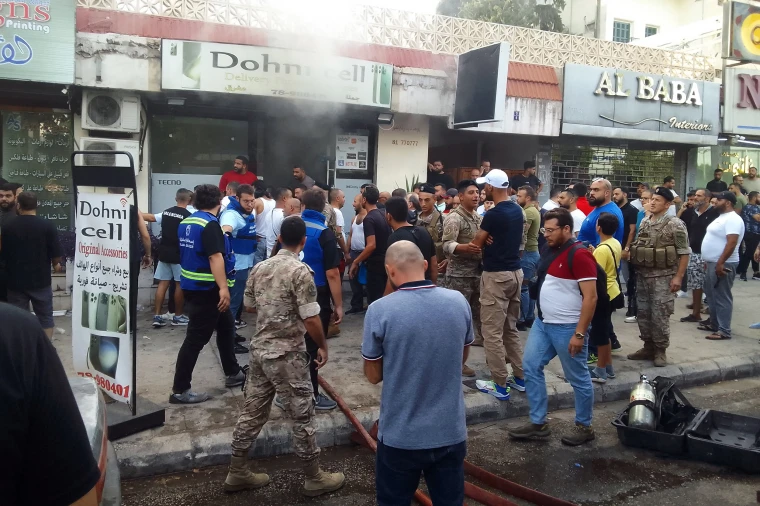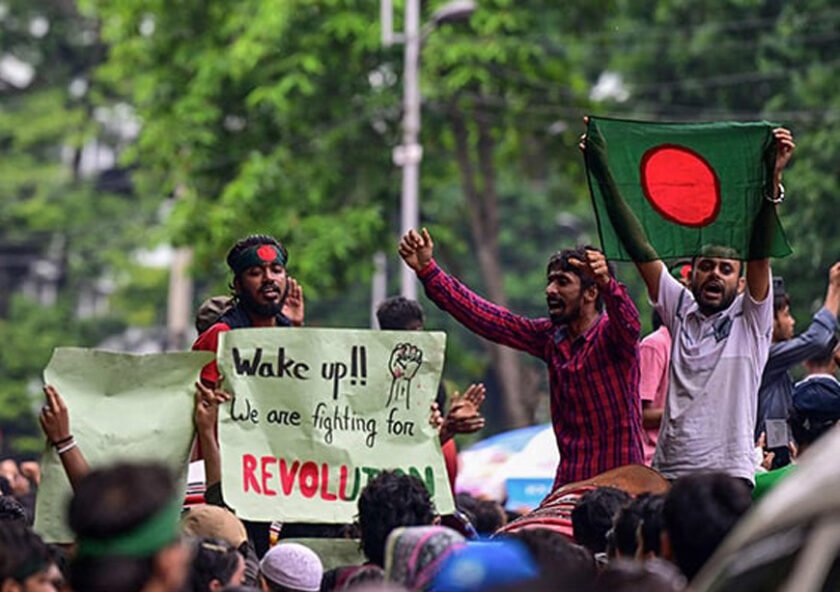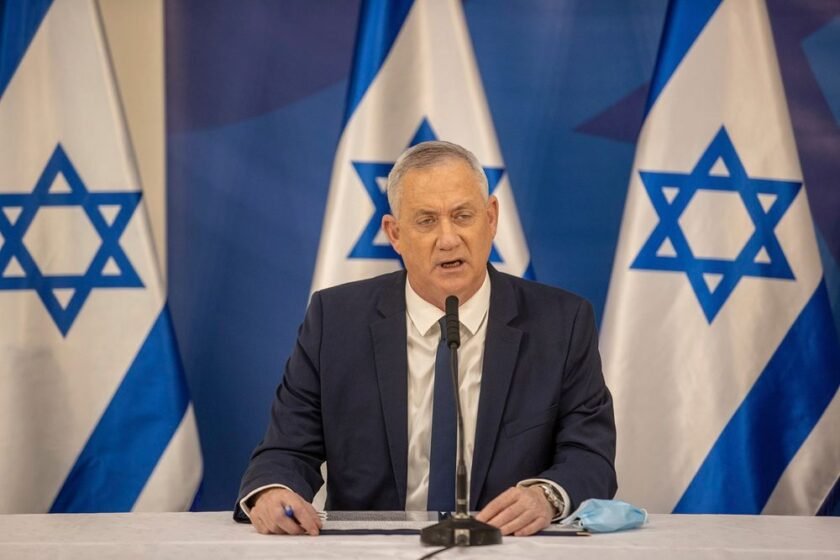Earlier this month, the World Health Organisation officially classified the epidemics in Congo and about twelve other African nations as a worldwide health emergency. Scientists in Congo have discovered a novel variant of mpox that has a higher propensity for transmission. The phenomenon has extended to regions where unrest and the forced relocation of a substantial population have already exerted strain on healthcare systems.
According to the latest report by the World Health Organisation (WHO), Congo has exceeded 21,000 out of the total 25,093 confirmed and suspected cases of Mpox throughout Africa this year.
Have instances of mpox been reported in Congo previously?
Indeed, Congo is among the African nations on which mpox has been prevalent for many years.
Mpox, formerly referred to as monkeypox, is derived from the same viral family as smallpox but induces less severe symptoms including fever. Skin lesions may develop in individuals with more severe diseases. The present epidemics in Africa have resulted in the deaths of over 720 individuals, mostly in Congo.
Mpox is a zoonotic disease, meaning that it may be transmitted from infected animals to people. Within the worldwide mpox epidemic of 2022, the virus mostly transmitted among individuals via sexual intercourse and intimate physical contact.
Which changes occurred in Congo?
The mpox virus expanded to the eastern province of South Kivu in September 2023, after being previously seen in the central and far western regions of Congo. Subsequently, scientists discovered a novel variant of mpox in South Kivu that likely exhibits higher levels of contagiousness.
The World Health Organisation (WHO) said that the virus originated in South Kivu and then spread to other regions of the nation, including the neighbouring province of North Kivu. Located over 2,000 kilometers (1,240 miles) from the capital, Kinshasa, these two provinces are confronted with increasing levels of violence, a humanitarian catastrophe, and several other challenges.
What are the contemporary challenges faced in eastern Congo?
A multitude of over 120 armed factions have engaged in prolonged conflicts with one another and the Congolese military in the eastern region of the nation, mostly vying for dominance over natural resources. This has compelled millions of individuals escaping violence to seek sanctuary in displacement camps or neighboring communities.
Consequently, mpox is affecting health services that are already under significant strain. According to Dr. Musole Mulambamunva Robert, the medical director of the Kavumu hospital in eastern Congo, the task of treating patients is indeed a tremendous burden, sometimes exceeding the facility’s capacity by up to four times.
Given the population of over 6 million displaced individuals in the eastern region, authorities and humanitarian organizations were already facing challenges in delivering food and healthcare services, as well as combating many illnesses including cholera. A significant number of individuals lack access to soap, clean water, or other fundamental utilities.
According to Mercy Muthee Lake from the International Federation of Red Cross and Red Crescent, some areas in eastern Congo lack access to health facilities due to unreliable roads and the need for lengthy and hazardous boat journeys as the only mode of transportation.
She said that both starvation and untreated HIV might increase an individual’s vulnerability to severe mpox cases.
In addition, she noted that health professionals in eastern Congo have expressed a need for more mpox training because to the depletion of drugs used for fever treatment and pain relief.
According to Chris Beyrer, from Duke University’s Global Health Institute, health officials are facing challenges due to the intricate nature of the condition.
How about immunizations?
The continent of Africa lacks the capability to manufacture mpox vaccines. An estimated 250,000 doses have been sent to Congo from the European Union and the United States, with more arrivals anticipated. Congolese officials estimate a need of roughly 3 million vaccinations. Distribution of immunizations to individuals in eastern Congo is expected to take several weeks.
Currently, the vaccination is only authorized for adults. The available data on the mechanism of action in youngsters is somewhat limited.
Emmanuel Lampaert, the Congo representative for Doctors Without Borders, described vaccines as both essential and supplementary tools. The crucial aspect, according to Lampaert, remains in the identification of instances, isolation of patients, and implementation of grassroots health and education initiatives.
Lampaert observed that the local circumstances made it very difficult to identify patients among impoverished and displaced individuals.
“Families consisting of six to eight children reside in a hut, which may be equivalent in size to the bed we are currently sleeping in,” he said. “Thus, this represents the actuality.”
Why do detractors deride the mpox response?
Contrasting with the substantial financial resources sent to Congo for Ebola and COVID assistance, the reaction to mpox has been slow, according to several critics.
The stark disparity is attributed by health experts to a deficiency in both financial resources and global attention.
Professor Ali Bulabula, a specialist in infectious diseases at the medical department of Congo’s University of Kindu, described Ebola as the most perilous virus globally and attributed the financial collapse of the world economy on COVID. “Although mpox is a global public health crisis, there is a minimal amount of comprehensive study and interest in the virus due to its perception as a tropical disease, confined to Africa and having minimal effect on Western economies.”




